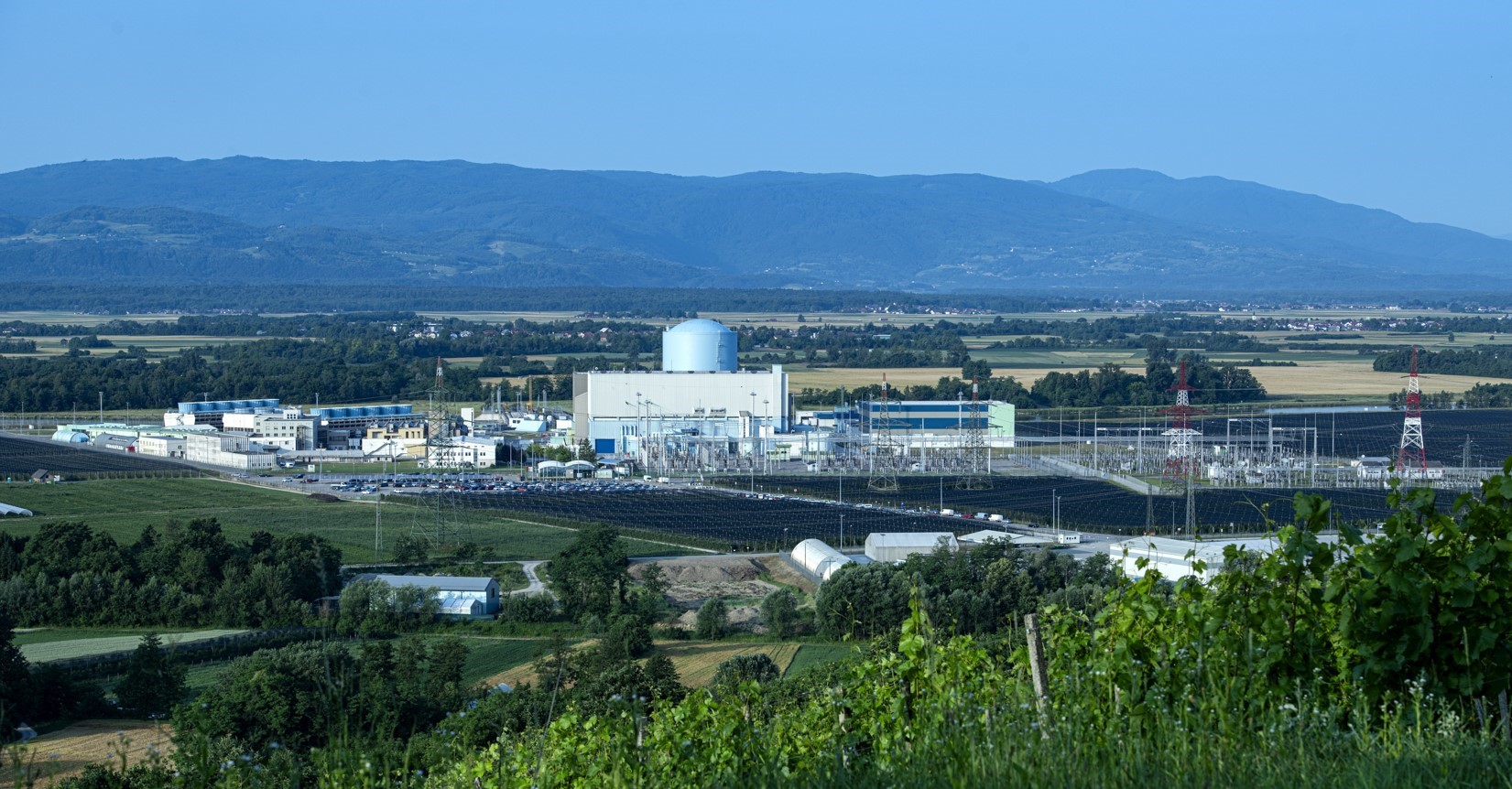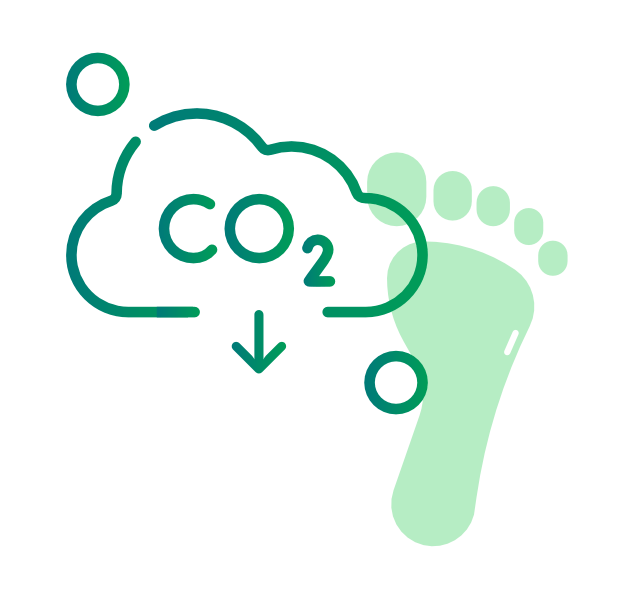Our commitments 4 / 7
Environment and Climate Protection

NEK employees foster environmentally responsible and respectful behaviour. During the plant operation, we focus on ensuring nuclear safety, environmental protection, and emission limitation. We address environmental concerns by adhering to the administrative constraints and the guidelines of modern standards.

With respect to the environment and climate, the most important advantage of a nuclear power plant is that it does not produce greenhouse gas emissions during its operation. Throughout the production chain (from uranium extraction and fuel production to operation and then decommissioning of the plant and waste disposal) greenhouse gas emissions from nuclear power plants as compared to other production technologies are among the smallest.
In view of decarbonisation, nuclear energy is an important asset to Slovenia, Croatia, and the wider region.
With the radiological control program – monitoring – we determine compliance with the regulatory restrictions, monitor the operation of the power plant, and assess the impact on the environment and the population. All the measurements so far prove that environmental impacts are far below the limitations imposed by the water and environmental permits and this is an additional confirmation of our responsible attitude towards the environment.
Through its activities, NEK contributes only 0.005% to radiation in the natural environment caused by radioactivity in the soil and radiation from space.
The effects of NEK on the surrounding population are so low that they are practically immeasurable.
An estimate indicates that the annual dose of such an individual is less than 1 μSv (one microsievert is one-millionth of a sievert).
In 2020 the radioactive effects generated by NEK onto the local population were assessed to be less than 0.07 microsievert, which is 0.14 percent of the limit (50 µSv). Based on the measurements, exposure to natural radiation and radiation contributions due to the general radioactive contamination of the environment caused by experimental nuclear explosions and the Chernobyl disaster were also assessed. Thus, an estimated sum of radioactive contributions from the plant to the population is only 0.003 percent of the characteristic unavoidable natural background.
The results of environment measurements taken and the model assessment are dealt with in detail in the special report for 2020, prepared for NPP by the Jožef Stefan Institute together with the Institute for Occupational Safety, MEIS and the Ruđer Bošković Institute.
Liquid discharges are managed in compliance with the regulations.
Purification of radioactive water is carried out by means of evaporation and ion exchange. For the purpose of laboratory testing and verification of restrictions the purified water is kept in a reservoir before the final discharge.
Gas discharges are managed in compliance with the regulations.
Compliance with the dose limit of 50 μSv in a year at the distance of 500 m from the reactor is checked on monthly basis.
